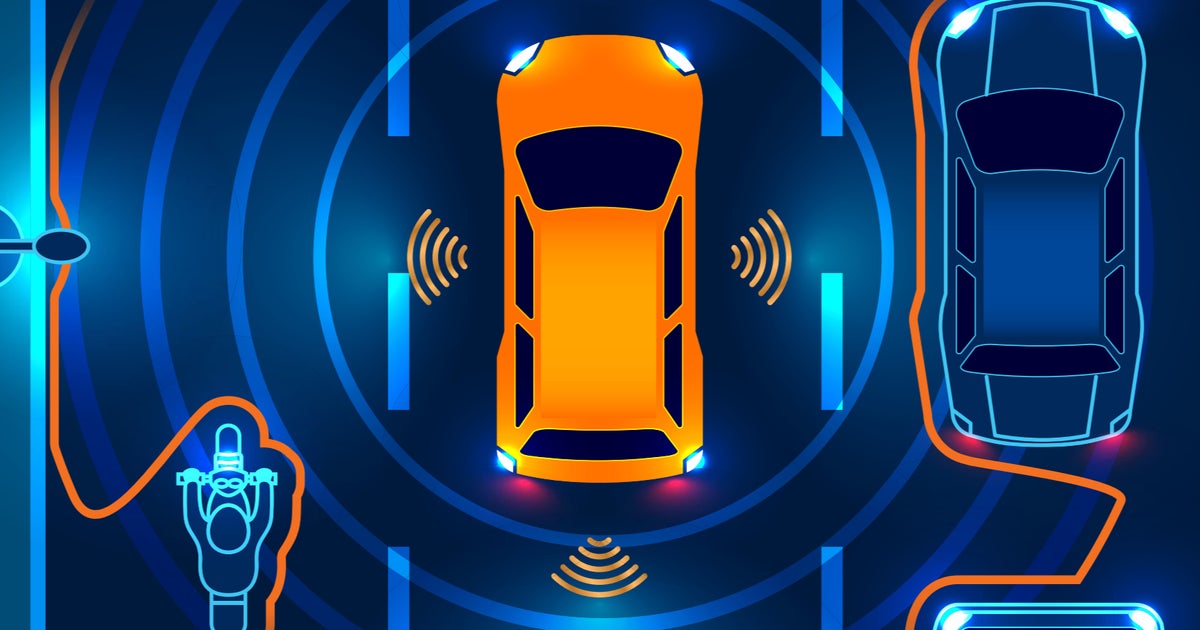Case Journeys
Exploring intriguing stories and insights from around the world.
Self-Driving or Self-Disrupting?
Explore the thrilling debate: Are self-driving cars the future or just a recipe for disruption? Discover the truth now!
The Future of Mobility: Are Self-Driving Cars the Ultimate Solution or a Self-Disruption?
The future of mobility is a topic of immense interest, particularly with the advent of self-driving cars. Proponents argue that these autonomous vehicles could revolutionize transportation by reducing traffic fatalities, decreasing congestion, and minimizing emissions. For instance, a world with widespread adoption of self-driving technology could lead to a significant drop in road accidents, as autonomous systems are programmed to follow traffic laws and respond to potential hazards more efficiently than human drivers. With advancements in artificial intelligence, the dream of safer and more efficient roads is becoming increasingly achievable.
However, the rise of self-driving cars also raises pertinent concerns regarding societal impact and potential self-disruption. Critics argue that a reliance on autonomous vehicles might lead to job losses in driving professions and disrupt existing transportation ecosystems. Moreover, questions about data privacy, cybersecurity, and the ethical implications of machine decision-making are at the forefront of this discussion. As we step into this new era of mobility, it is crucial to weigh the benefits against the challenges to ensure a balanced approach that enhances our transportation landscape without unintended consequences.

Navigating the Challenges: How Self-Driving Technology Could Disrupt Traditional Transportation
The emergence of self-driving technology represents a transformative shift in the transportation industry, challenging conventional practices and societal norms. As autonomous vehicles (AVs) reach the consumer market, they promise increased safety and efficiency, potentially reducing traffic accidents caused by human error. However, this rapid advancement is accompanied by a myriad of challenges, including regulatory hurdles, ethical concerns, and the need for public acceptance. Self-driving technology not only disrupts traditional transportation methods but also prompts a reevaluation of urban planning and infrastructure, as cities may need to adapt to accommodate and regulate these innovative vehicles.
Furthermore, the shift towards self-driving technology raises significant concerns regarding employment in the transportation sector. With the automation of driving tasks, millions of jobs—from truck drivers to taxi services—could be at risk, leading to economic disruption and requiring a workforce transition. The potential benefits of reduced congestion and lower transportation costs must be weighed against the socioeconomic effects, as communities grapple with the implications of this technological revolution. As we move forward, stakeholders will need to collaborate to navigate these challenges and harness the full potential of self-driving innovations.
Self-Driving vs. Human Control: What Do Experts Say About the Future of Road Safety?
The debate between self-driving vehicles and human control is a crucial one in the future of road safety. Experts have varying opinions on the matter, but many agree that self-driving technology has the potential to significantly reduce accidents caused by human error. According to a study, approximately 94% of traffic accidents are attributed to human mistakes. As autonomous vehicles become more advanced, they are designed to respond to various road conditions and potential hazards far faster than a human can. However, the transition toward widespread adoption of self-driving cars raises questions regarding legal liability and user trust.
On the other hand, some experts caution against fully relying on self-driving technology, citing concerns over software reliability and security risks. For example, there are fears that hackers could exploit vulnerabilities in autonomous systems, leading to dangerous situations on the road. Furthermore, human control may still play a vital role in ensuring safety, especially in complex driving environments where human intuition is beneficial. As these innovations progress, a hybrid model combining self-driving capabilities with human control could potentially enhance road safety while addressing these concerns. Ultimately, the future will likely see a partnership between technology and human drivers.